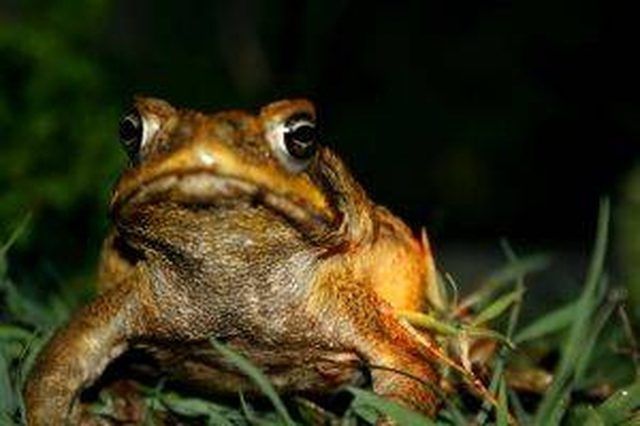Bulbs
Flower Basics
Flower Beds & Specialty Gardens
Flower Garden
Garden Furniture
Garden Gnomes
Garden Seeds
Garden Sheds
Garden Statues
Garden Tools & Supplies
Gardening Basics
Green & Organic
Groundcovers & Vines
Growing Annuals
Growing Basil
Growing Beans
Growing Berries
Growing Blueberries
Growing Cactus
Growing Corn
Growing Cotton
Growing Edibles
Growing Flowers
Growing Garlic
Growing Grapes
Growing Grass
Growing Herbs
Growing Jasmine
Growing Mint
Growing Mushrooms
Orchids
Growing Peanuts
Growing Perennials
Growing Plants
Growing Rosemary
Growing Roses
Growing Strawberries
Growing Sunflowers
Growing Thyme
Growing Tomatoes
Growing Tulips
Growing Vegetables
Herb Basics
Herb Garden
Indoor Growing
Landscaping Basics
Landscaping Patios
Landscaping Plants
Landscaping Shrubs
Landscaping Trees
Landscaping Walks & Pathways
Lawn Basics
Lawn Maintenance
Lawn Mowers
Lawn Ornaments
Lawn Planting
Lawn Tools
Outdoor Growing
Overall Landscape Planning
Pests, Weeds & Problems
Plant Basics
Rock Garden
Rose Garden
Shrubs
Soil
Specialty Gardens
Trees
Vegetable Garden
Yard Maintenance
How Does a Toad Catch Food?
How Does a Toad Catch Food?. Toads are not vegetarians so they search for living prey. Most commonly, toads eat small insects and animals. Toads will look for crickets, spiders, worms, caterpillars, tiny fish and flies. The prey must be within reach of the toad's tongue in order for the toad to capture it. This means that the toad must sit still...

Looking for Prey
Toads are not vegetarians so they search for living prey. Most commonly, toads eat small insects and animals. Toads will look for crickets, spiders, worms, caterpillars, tiny fish and flies. The prey must be within reach of the toad's tongue in order for the toad to capture it. This means that the toad must sit still and let the prey come to it, instead of hunting the prey out like many animals do.
Catching Food
Toads catch food with their long skinny tongues. Human tongues are attached at the back end of their mouths, but toads' tongues are actually attached to the front of their mouths. This gives them more of an extension so that they can reach farther to surprise their prey. They whip their tongues out when their prey walks by, and then they curl their tongues back in. Their tongues are also sticky which serves the toad two purposes. The sticky liquid attaches to the prey so that the prey remains on the tongue until it enters the toads mouth. The sticky liquid also acts as a lubrication to slide the prey down in to the toads' stomach.
Swallowing the Food
Toads' eyes aid in the swallowing of their prey. The eyes press up against the toads' mouth when they go to swallow, which pushes the food down in to the stomach. This is possible because toads do not have any bones from the mouth all they way up to the eyes. Whenever the toads swallow, their eyelids are forced closed which makes it look like the toads are blinking.
Amount of Food
Toads need to eat a lot in the summer as they hibernate in the winter. During the summer months it is possible for a toad to eat 1,000 insects. Toads are good eaters and the fatter they are, the healthier they are. It is almost impossible for toads to over eat. so anytime prey comes along, you can be sure the toads are going to take advantage of the opportunity.